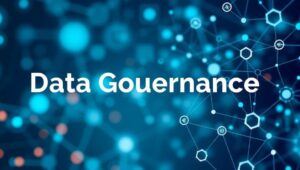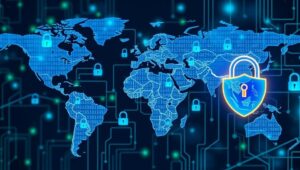Data Governance in the Age of AI and Big Data (2025 Imperative)
Data Governance in the Age of AI and Big Data (2025 Imperative) In 2025, data governance is no longer optional; it’s an imperative. The confluence of AI and Big Data has created unprecedented opportunities, but also significant risks. This article explores why robust data governance frameworks are essential for organizations navigating this complex landscape. The Evolving Data Landscape Big Data has transformed how businesses operate, providing insights that drive decision-making and innovation. Simultaneously, AI algorithms are becoming more sophisticated, capable of analyzing vast datasets to automate processes and personalize experiences. However, this power comes with responsibility. The quality, security, and












